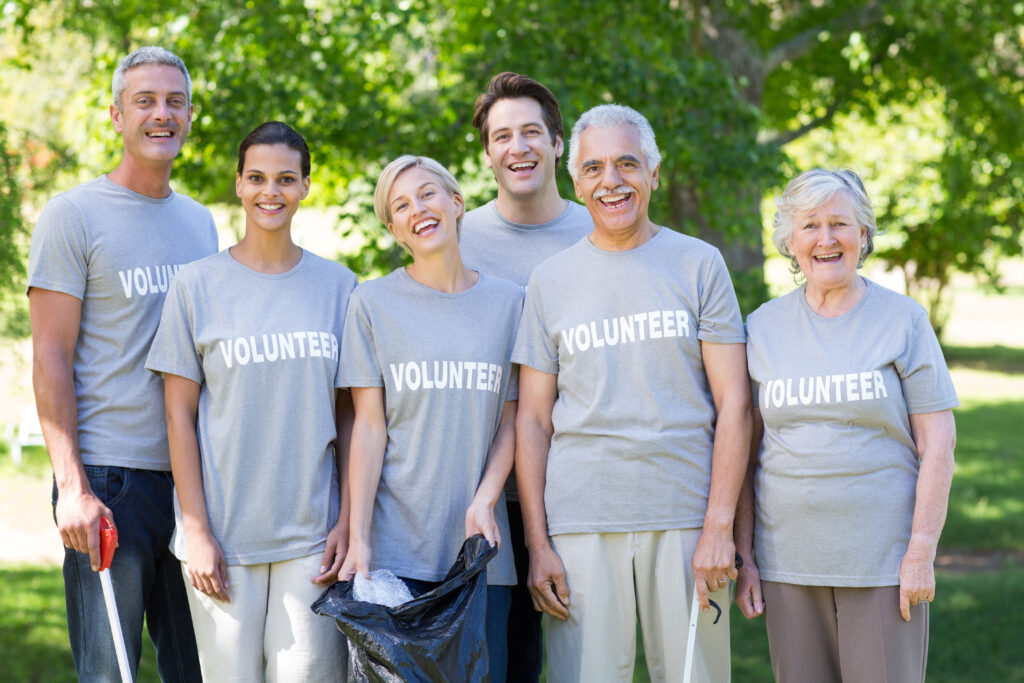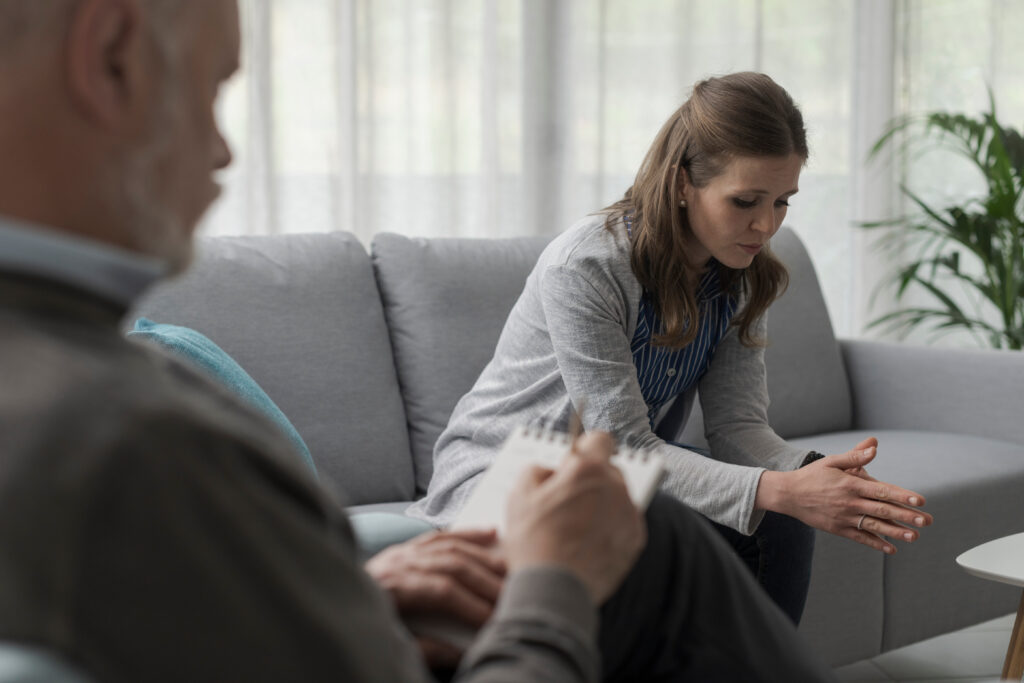The Path to Connection: Battling Loneliness and Isolation
Introduction
We all know that feeling – the pang of loneliness that creeps up when we’re by ourselves for too long. But for some, this feeling isn’t just occasional; it’s persistent and heavy. Understanding the signs, causes, and consequences of loneliness and isolation is the first step in addressing the issue. Luckily, there are strategies and resources available to help those grappling with these emotions.
Signs of Isolation & Loneliness

Here are some signs that you or someone you know may be experiencing severe loneliness or isolation:
- Social Withdrawal: Someone who starts avoiding social interactions, canceling plans, or is no longer participating in activities they once enjoyed, might be self-isolating.
- Changes in attitude and demeanor: People may exhibit aggression, hostility, or a generally negative outlook when they are feeling socially isolated.

- Difficulty separating from caregivers: Some people who are more dependent on others and are experiencing loneliness may become overly dependent on their caregivers and have a hard time being alone.
- Problems completing ordinary tasks: Loneliness can affect someone’s ability to focus and complete simple chores, leading to a decline in doing everyday tasks.
- Changes in eating habits: People may experience a loss of appetite or a sudden increase in their food intake when they are feeling lonely.
- Sleep disturbances: Loneliness can disrupt someone’s sleep patterns, leading to difficulty falling asleep, difficulty staying asleep, or sleeping too much.

- Increased buying habits: Some may engage in excessive shopping or online purchasing as a way to fill the void of loneliness.
- Taking more hot baths or showers: People may use long, hot baths or showers as a form of comfort or distraction from their feelings of loneliness.
- Increased Internet use: People who are feeling lonely may spend more time online, seeking connections or entertainment.
Why am I Feeling More Lonely and Isolated?

- Years Take a Toll: As we grow older, our bodies change. Some might find it physically harder to do things they used to enjoy.
- Losing Loved Ones: Losing someone close like a husband, wife, brother, sister, or best friend can cause sudden feelings of loneliness and isolation.
- Work Changes: Retirement or a change in job or job status can have significant impacts on the amount of social interaction someone receives in a day.
- Moving to New Places: Moving to a new city, different neighborhood, or a nursing home can be tough. It means leaving behind friends and familiar places.

- Lack of Transportation: If someone cannot drive anymore and doesn’t have an easy way to get places, they might feel stuck at home.
- Lack of Experience with Technology: Most people are staying connected with their computers and smartphones. But if you have trouble learning all these new apps and how they work, it can make it hard to stay connected.
- Feeling Less Important: Some people who once cared for their families now find that everyone is grown-up and busy with their own lives. This can make them feel somewhat forgotten or left out.
- Money Problems: It’s getting harder and harder to find things to do on a budget, and financial limitations can keep people from participating in certain higher-cost activities.

The Harmful Effects of Loneliness & Isolation
Loneliness can have a significant impact on our mental and physical health. Here are some ways in which loneliness affects our well-being:

- Higher risk of cognitive decline and dementia1, 3
- Higher risk of heart disease and stroke 2, 3
- Higher risk of developing depression, anxiety, and self-harm 3, 4
- Higher rates of addiction and substance abuse 3
- Higher risk of earlier death
It’s so important to check in on our loved ones and take action to prevent feelings of loneliness and isolation. A little company can make a big difference.
Tips for Battling Feelings of Loneliness and Isolation
Feeling isolated can be tough, but there are steps you can take to feel more connected and uplifted:

- Keep Moving: Join a fitness group or simply take walks with a friend. Staying active boosts both your body and mood.
- Dive into Activities: Find joy in social activities, be it a book club or dance class. It’s a great mood-lifter and helps connect with others.

- Embrace Technology: Learn to use gadgets and apps. Video calls, messages, or social media can bring friends and family closer, no matter the distance.
- Discover New Passions: Pick up a new hobby or rekindle an old one. It offers a fresh purpose and can lead to new friendships.
- Give Back: Volunteer your time. Whether it’s chatting with someone or helping at community events, it feels good and connects you to others.

- Lean on Loved Ones: Ask friends, family, or caregivers to join in activities, games, or visits to the local senior center. Shared experiences brighten any day.
- Prioritize Your Mental Well-being: If you’re feeling down, consider talking to a professional. Support groups, therapy, or counseling can help navigate feelings and offer coping techniques.
Remember, everyone feels lonely sometimes. With effort and support, you can turn things around and enrich your life.
Helping an Isolated Friend or Family Member
It’s heartbreaking to see a loved one struggle with loneliness. If you suspect someone in your life is feeling isolated, here are some ways to support them:

- Be There for Them: Sometimes, simply lending an ear can be powerful. Sit down, listen, and let them share their feelings.
- Create a Togetherness Plan: Plan regular catch-ups. This could be weekly phone calls, monthly outings, or trying out a new hobby together.
- Boost Social Interactions: Encourage them to reconnect with old friends, attend local gatherings, or join a group with shared interests.

- Bridge the Tech Gap: Guide them through the basics of smartphones or video calls. Digital tools can open up a world of connections for them.
- Offer Rides: Transport can be tricky for some people. Drive them to social events or help arrange reliable transportation options.
- Explore Home Care Options: For those who need it, in-home care services offer companionship and assistance, ensuring they aren’t alone all the time.
- Prioritize Mental Well-being: If they seem down or anxious, encourage them to speak with a professional. Mental health support, like therapy, can be beneficial

Being proactive can change someone’s life. Your support can turn their lonely days into days filled with warmth and connection.
Resources
Here are some resources for seniors struggling with isolation and loneliness:

- AmeriCorps Senior Program: This program helps seniors aged 55 and older find volunteer opportunities that are matched to their abilities and interests.
- AARP Foundation’s Connect2Affect: This website helps seniors find loneliness support services in their area and offers practical tips for combating isolation.
- National Institute on Aging (NIA) Social Isolation and Loneliness Outreach Toolkit: NIA has developed an outreach toolkit with various resources, including animated graphics, social media images, infographics, and sample social media posts, to help reduce social isolation and loneliness in older adults.

- Eldercare Locator: This resource provides valuable information and connections to local resources for older adults, including financial assistance, health care support, and social engagement opportunities.
- Meals on Wheels: This program ensures access to nutritious meals and social support for older adults living alone.
- Nurse Next Door: This comprehensive guide offers tips and strategies for overcoming senior loneliness and social isolation, including fostering companionship and joy in seniors’ lives.
- National Council on Aging (NCOA) and AARP: These organizations offer comprehensive programs and resources for older adults, including support for those living alone
Conclusion
Life, with its twists and turns, often presents challenges. And loneliness is one of the toughest challenges life has to offer. Whether you’re a senior feeling the weight of solitude, or you have an older loved one in a similar situation, remember – you’re not alone in this. With understanding and action, we can combat loneliness and bring warmth and companionship back into the lives of those we care about.
Stay informed and receive resources and site updates by subscribing to our Newsletter!
References
- Social isolation, loneliness in older people pose health risks. (2019, April 23). National Institute on Aging. https://www.nia.nih.gov/news/social-isolation-loneliness-older-people-pose-health-risks
- Loneliness and social isolation linked to serious health conditions. (n.d.). https://www.cdc.gov/aging/publications/features/lonely-older-adults.html
- Health risks of social isolation and loneliness. (2023, May 8). Centers for Disease Control and Prevention. https://www.cdc.gov/emotional-wellbeing/social-connectedness/loneliness.htm
- Website, N. (2022, August 30). Loneliness in older people. nhs.uk. https://www.nhs.uk/mental-health/feelings-symptoms-behaviours/feelings-and-symptoms/loneliness-in-older-people/








